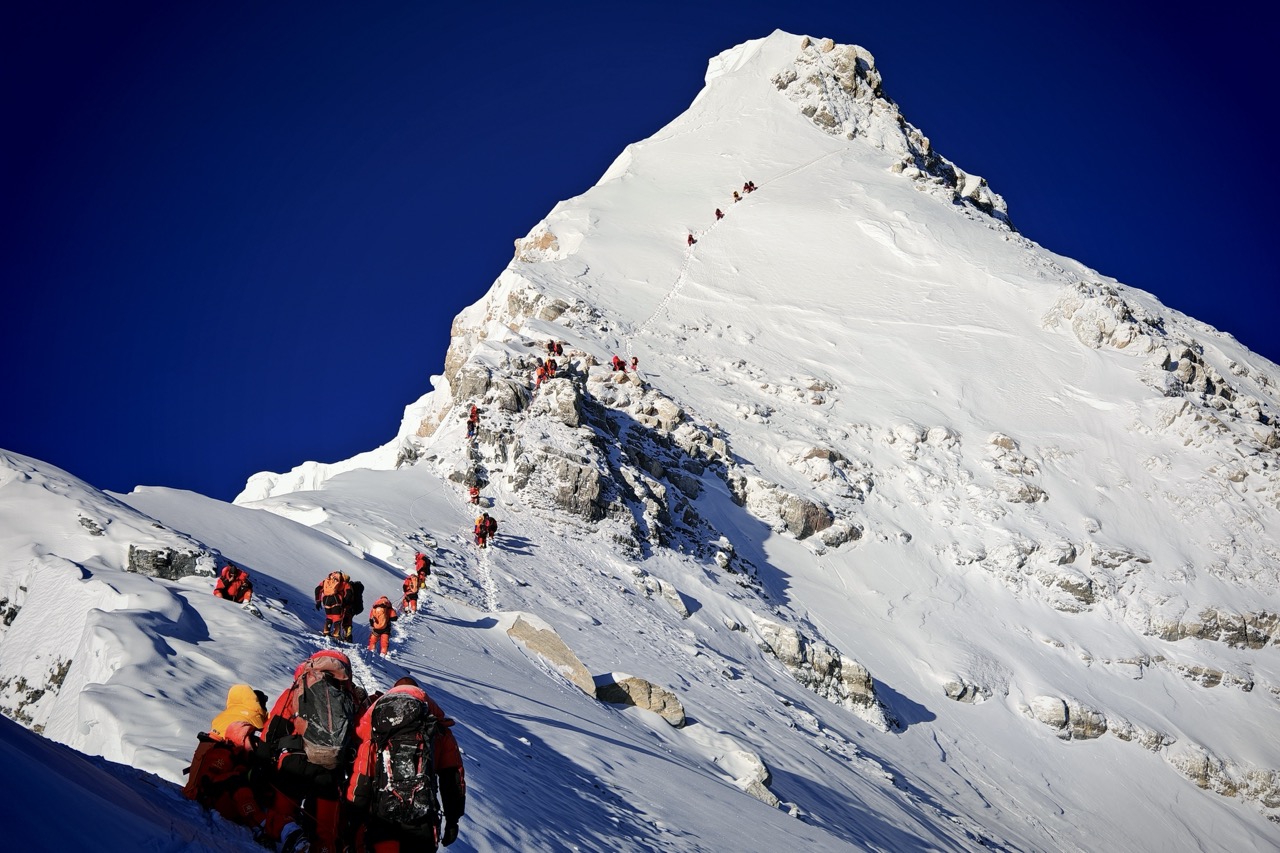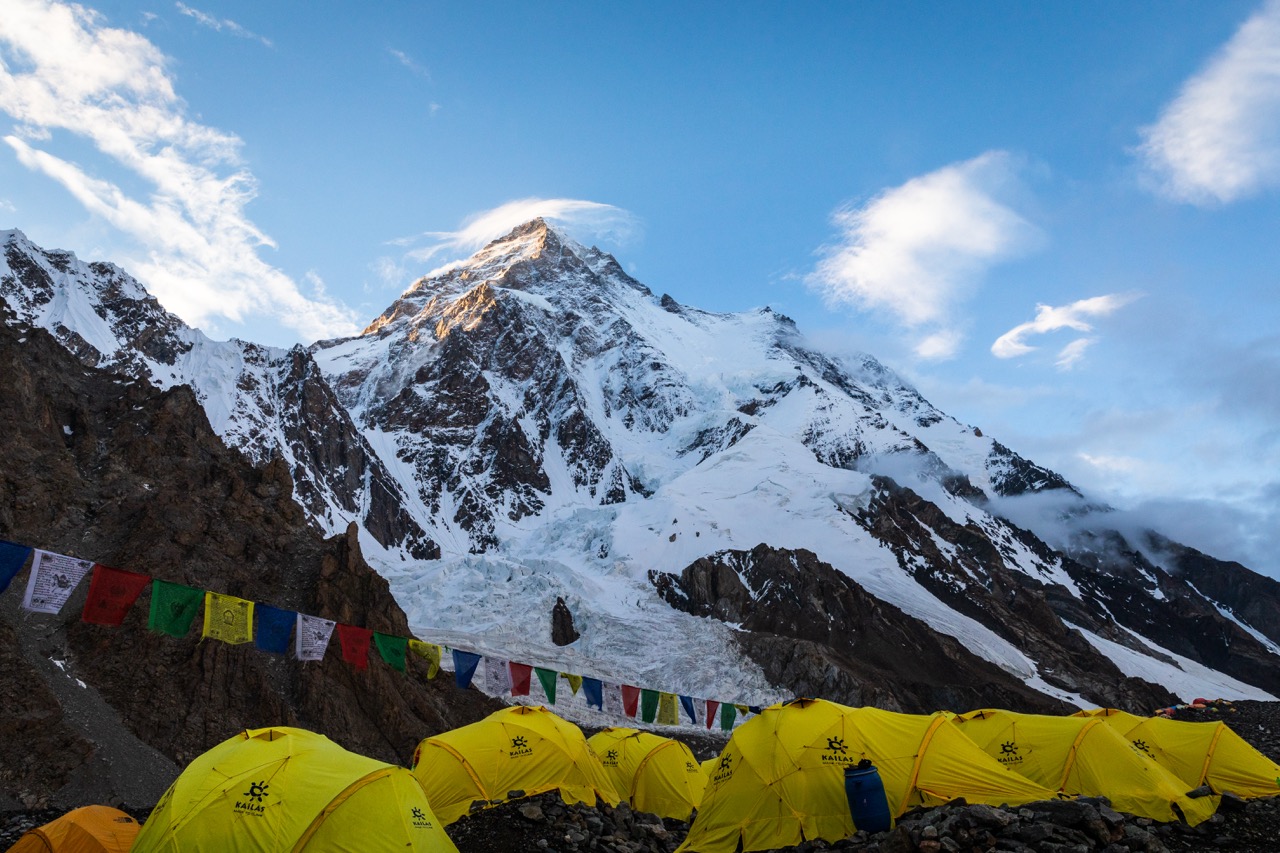
MT. LHOTSE EXPEDITION (8516M) 2026
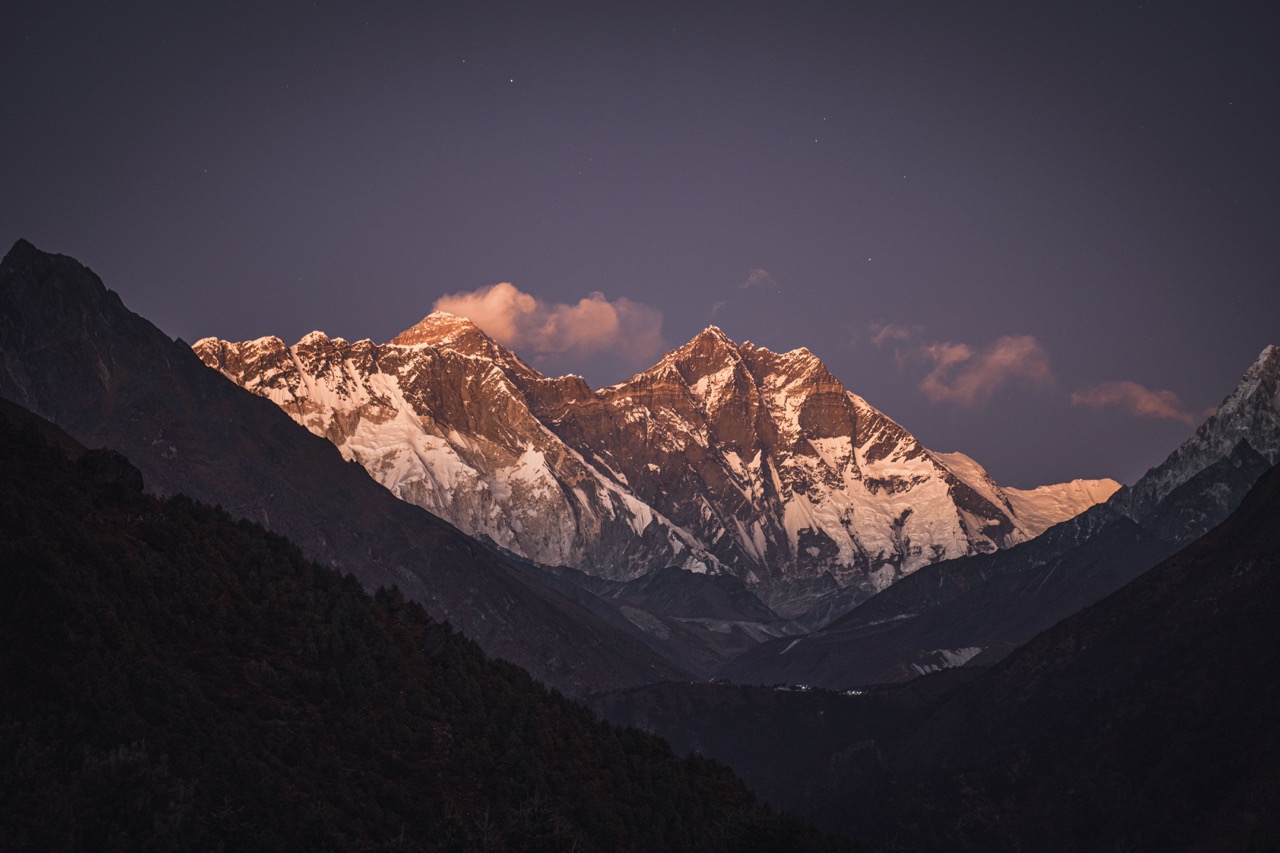

The fourth-highest mountain in the world, Mount Lhotse, rises 8,516 meters (27,940 ft) above sea level. It is situated on the boundary between Tibet and Nepal in the Himalayas. Just south of Mount Everest lies its long east-west crest, and the South Col, a vertical ridge that never descends below 8,000m, links the two mountains' summits. Lhotse Main, 8512m, Lhotse Shar, 838m, and Lhotse Middle or East, 8413m, are the three peaks of Lhotse. The West Face of Lhotse is marked by a deep scar, an icy gully called the Lhotse Couloir. The couloir is the most important challenge for the Lhotse climb since its climbing conditions are influenced by seasonal snowfall and weather.
Ernst Reiss and Fritz Luchsinger led a Swiss team that made the first ascent of Mount Lhotse on May 18, 1956. They took the West Ridge, the same path taken by the 1953 first ascent of Mount Everest, to reach the summit. There have been numerous successful ascents of Mount Lhotse since the initial ascent, with most climbers taking the South Col route—the same route used to ascend Mount Everest. Only a small number of people have successfully climbed the south face of Lhotse, which is renowned for being steep and technically difficult.


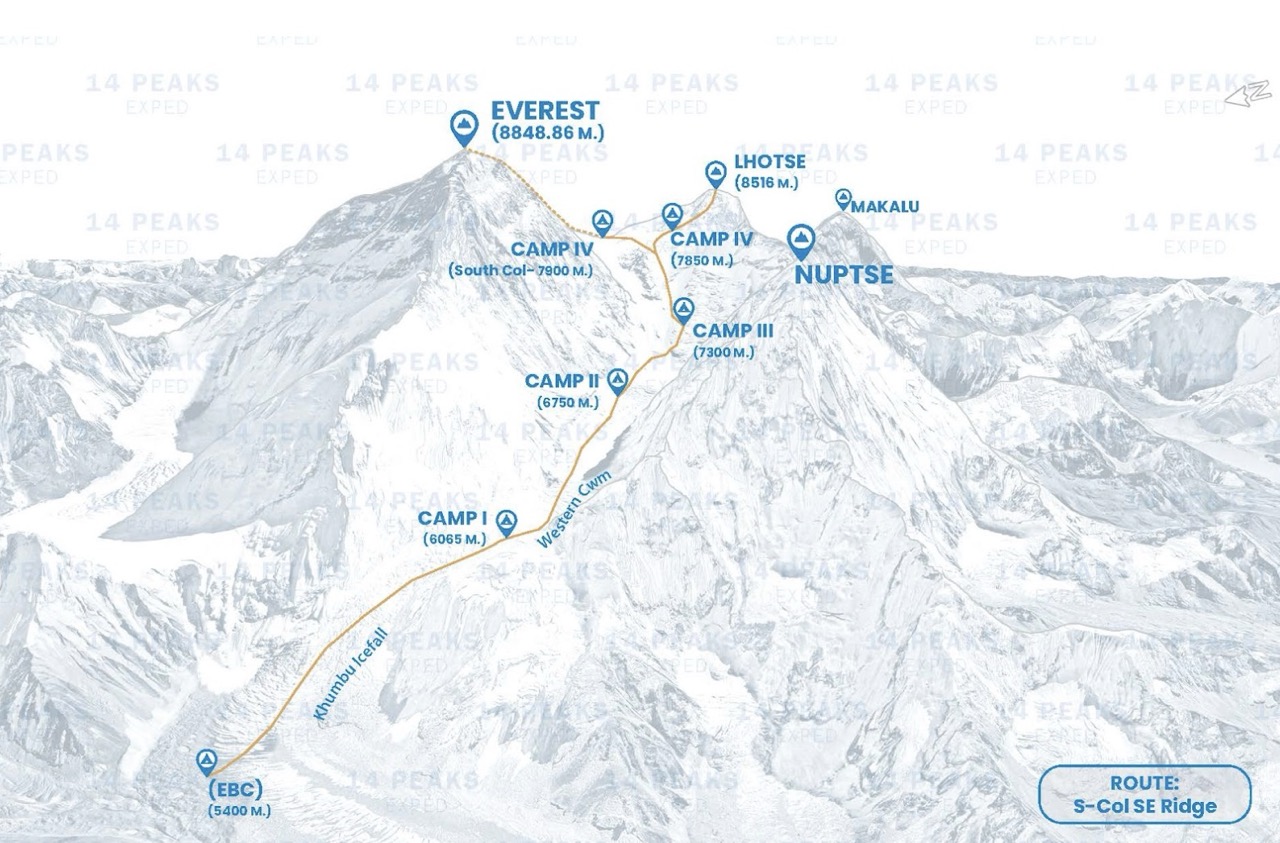

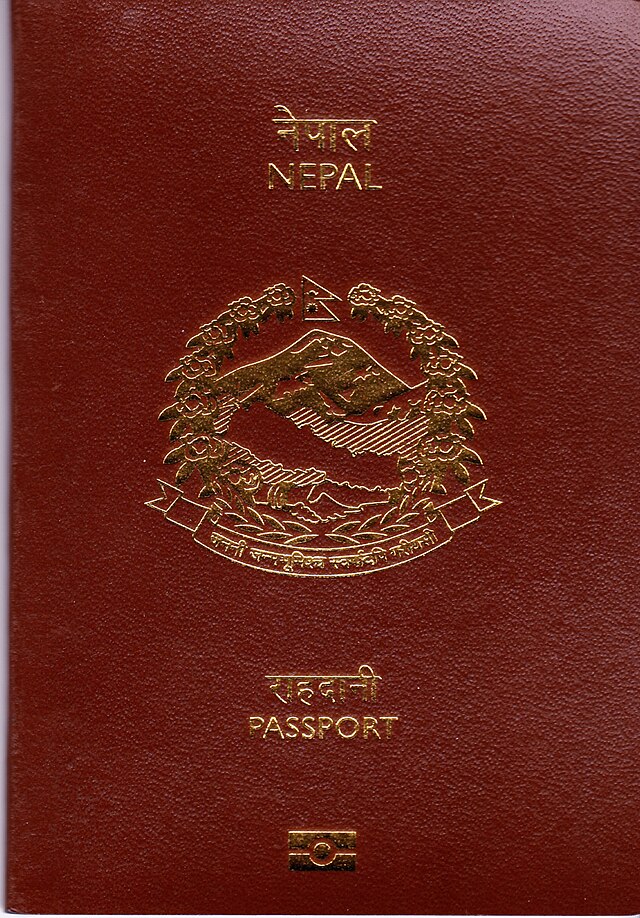 Valid Passport
Valid Passport
 Debit/Credit Card
Debit/Credit Card
 PP Size Photos(4 Pieces)
PP Size Photos(4 Pieces)
 Insurance Paper/Certificate
Insurance Paper/Certificate
 Paracetamole
Paracetamole
 Thermal Base Layer
Thermal Base Layer
 Fleece Jacket
Fleece Jacket
 Gore Tex Jacket
Gore Tex Jacket
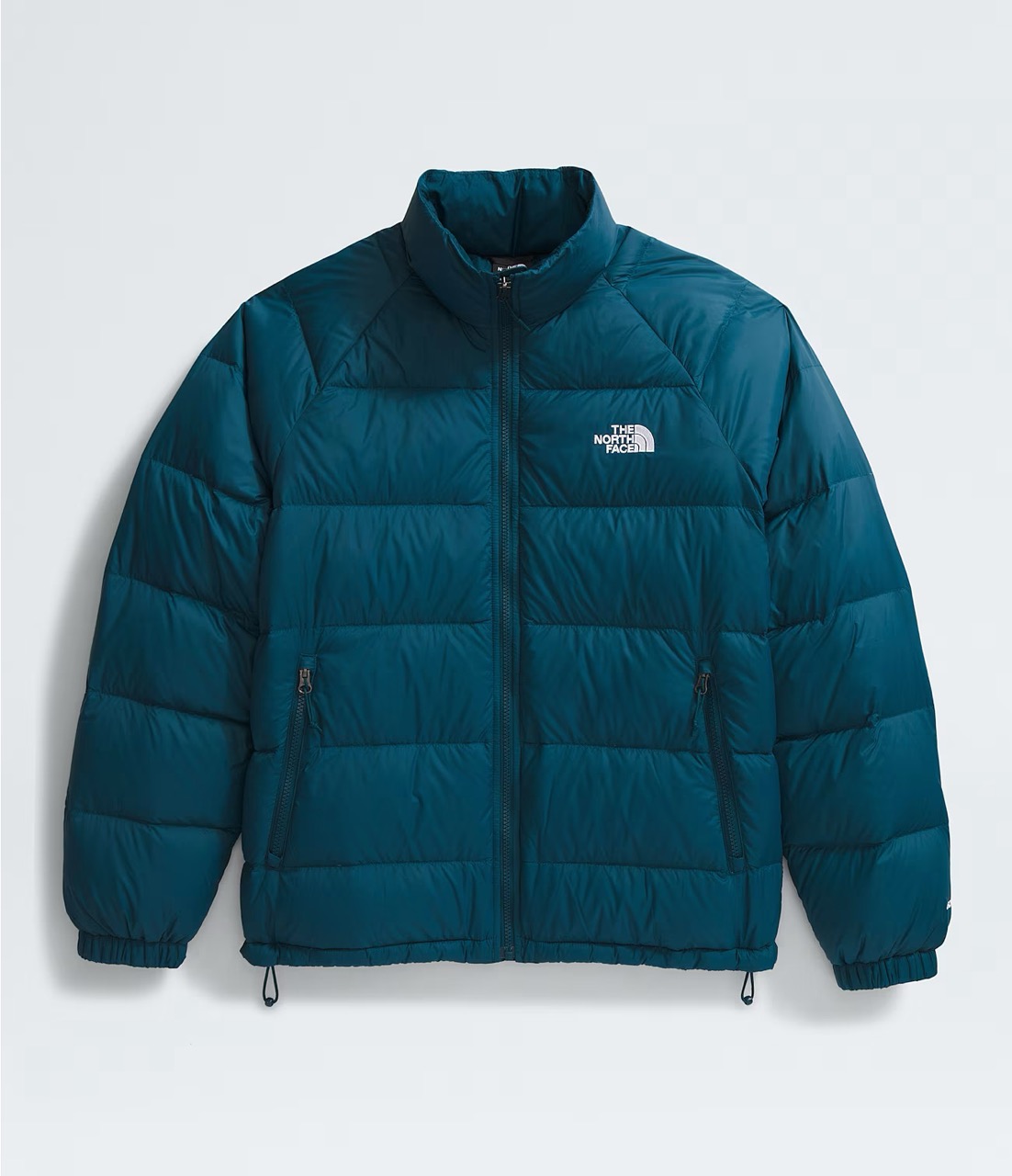 Warm Jacket
Warm Jacket
 Wind Proof Jacket
Wind Proof Jacket
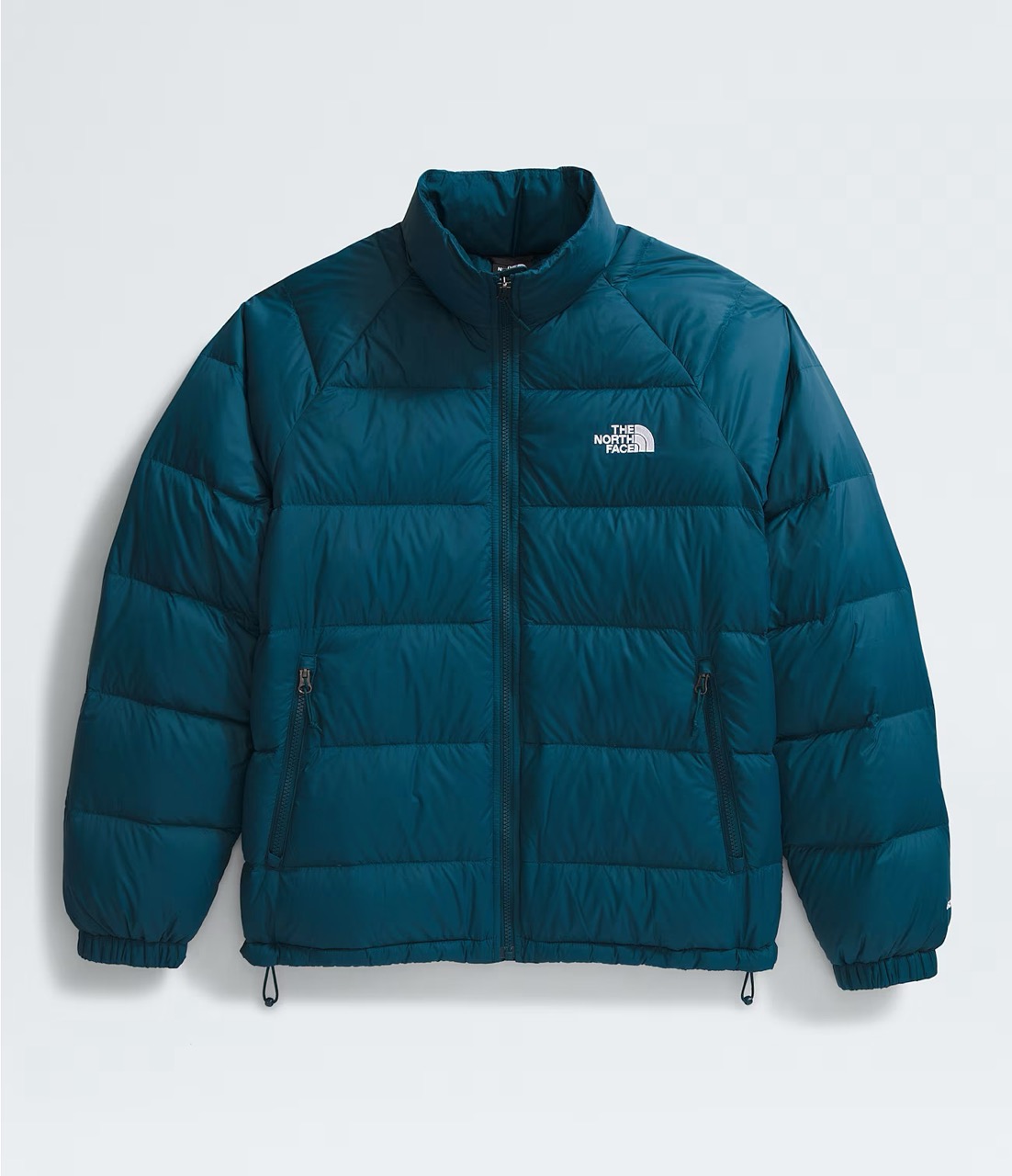 Down Jacket
Down Jacket
 Cotton T-Shirt
Cotton T-Shirt
 Trowser
Trowser
 Bottom Base Layer
Bottom Base Layer
 Fleece Trouser
Fleece Trouser
 Gore Tex Pant
Gore Tex Pant
 Heavy Weight Pant
Heavy Weight Pant
 Mid Weight Pant
Mid Weight Pant
 Trekking Pant
Trekking Pant
 Under Wear
Under Wear
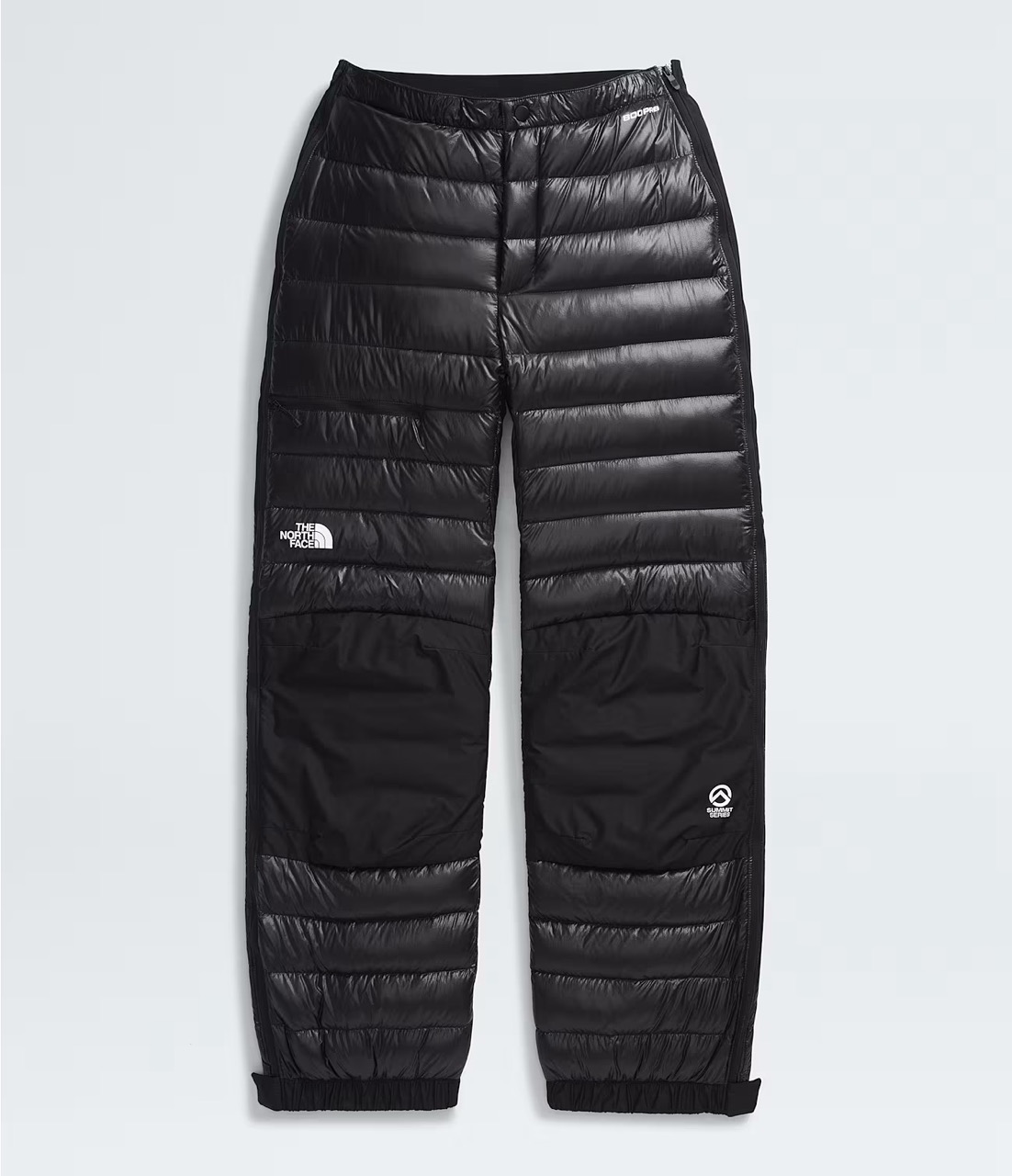 Down Pant
Down Pant
 Gaiters for Trekking Boots
Gaiters for Trekking Boots
 Climbing Boot -6000m
Climbing Boot -6000m
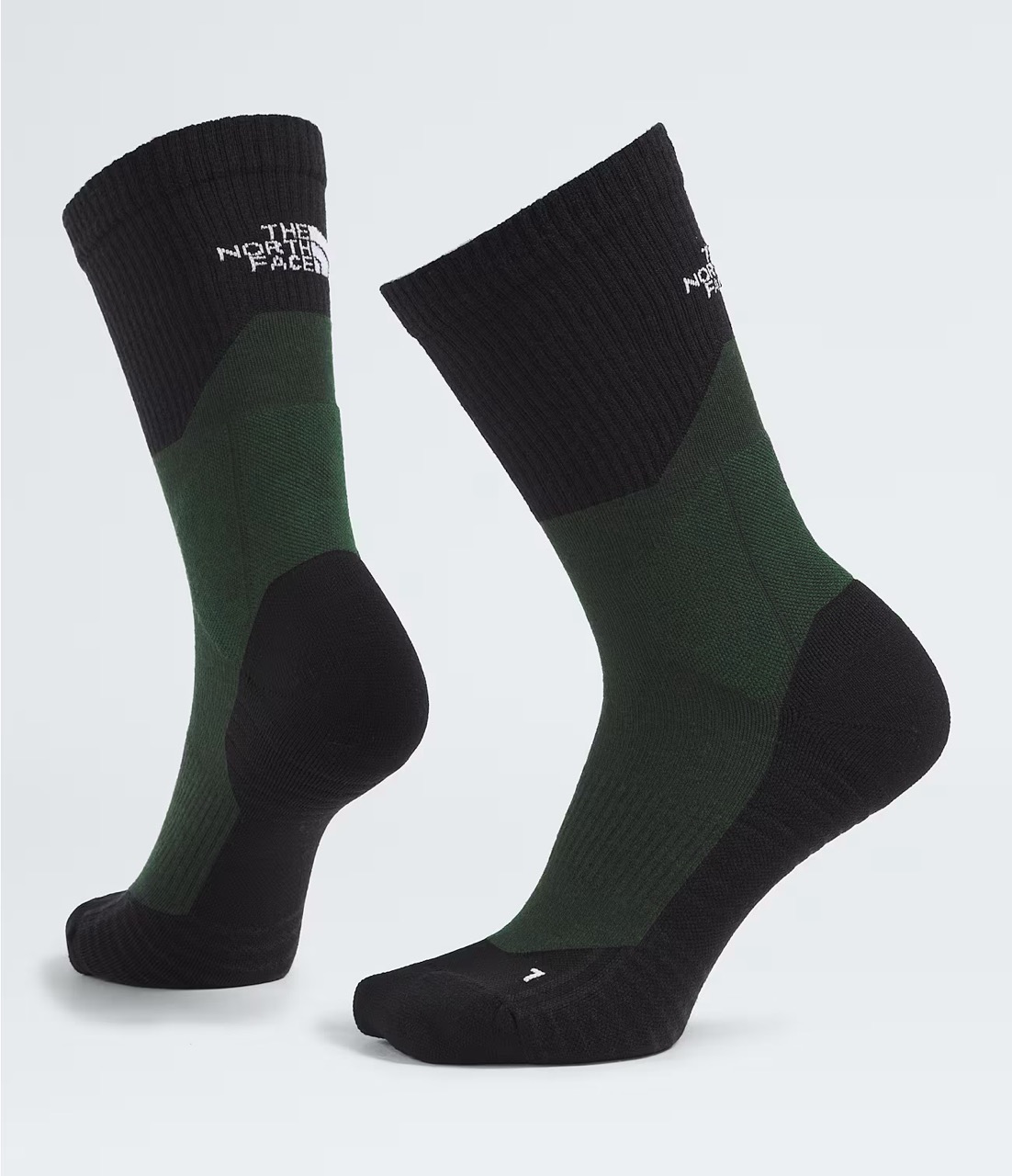 Normal Socks
Normal Socks
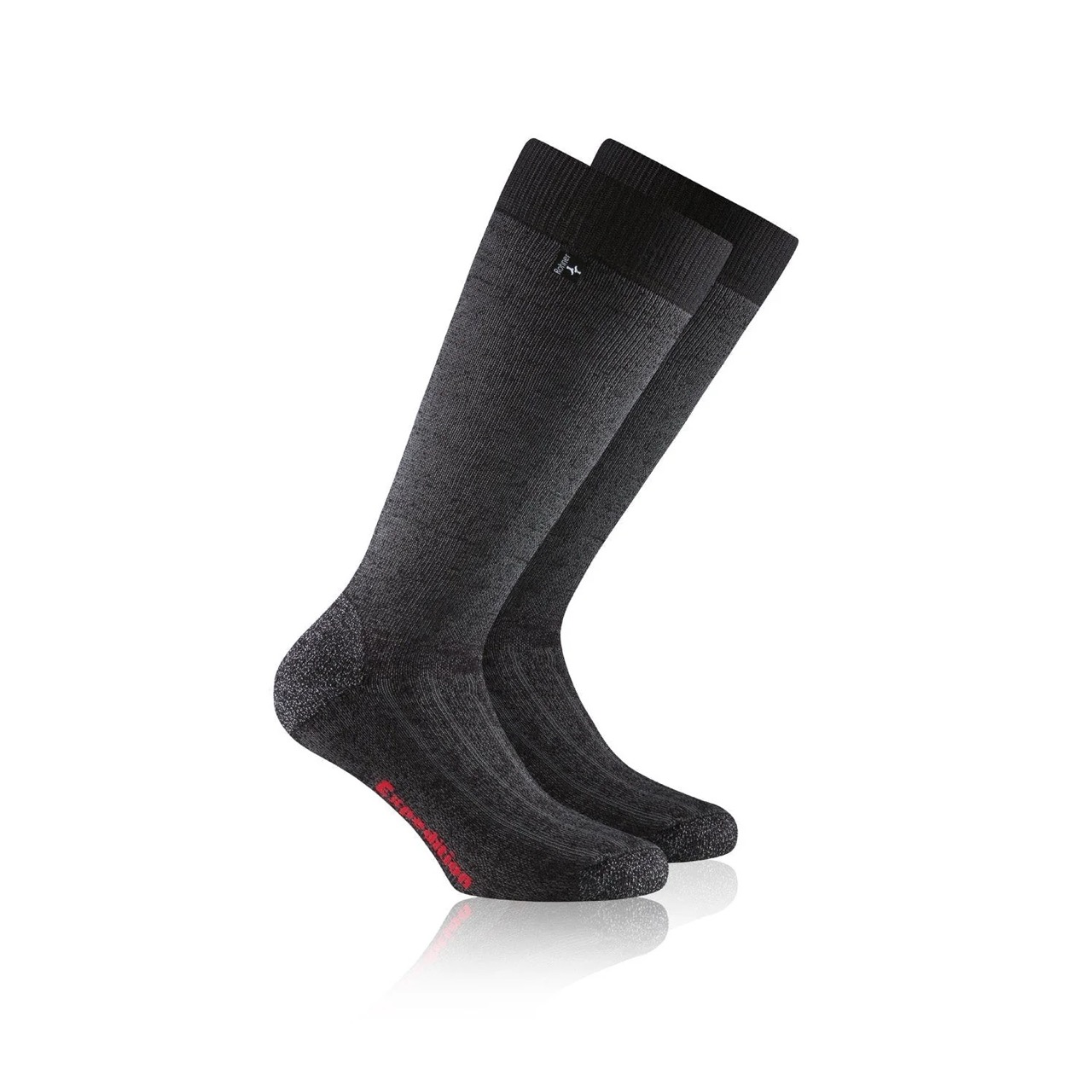 Summit Socks
Summit Socks
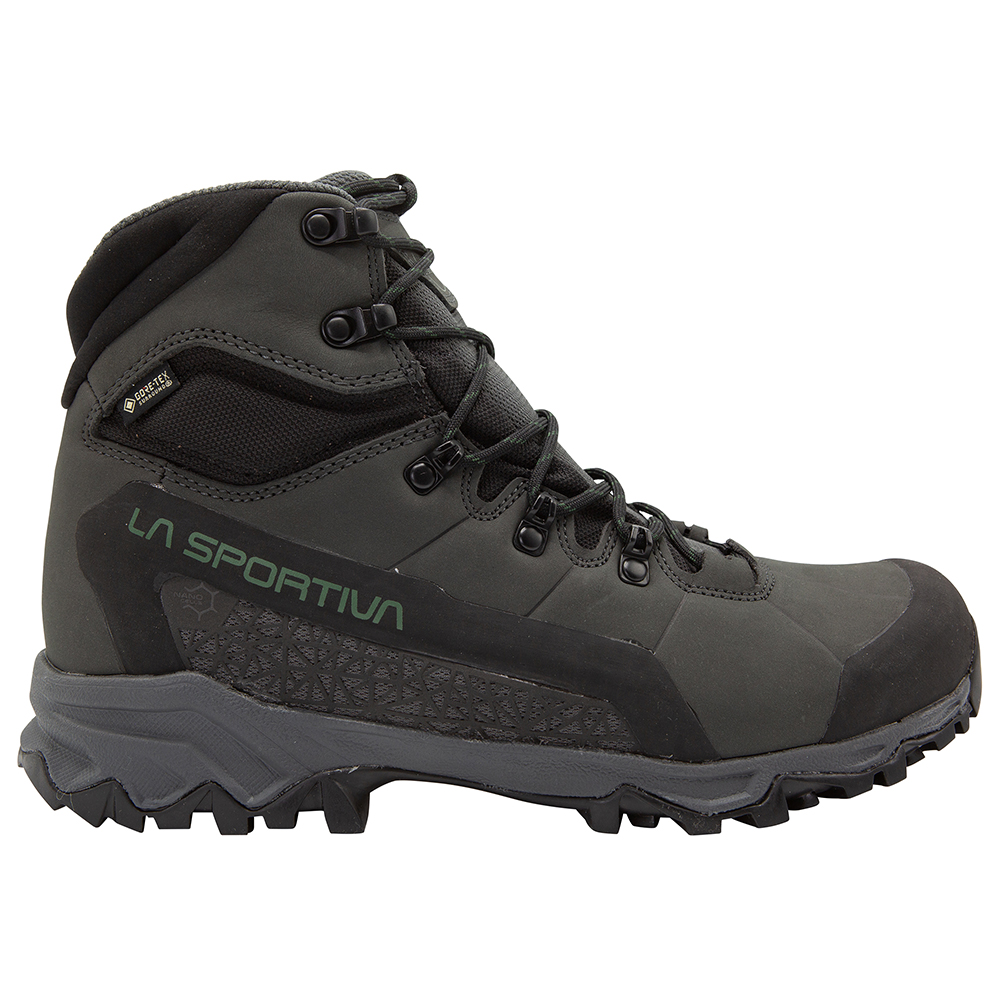 Trekking Shoes
Trekking Shoes
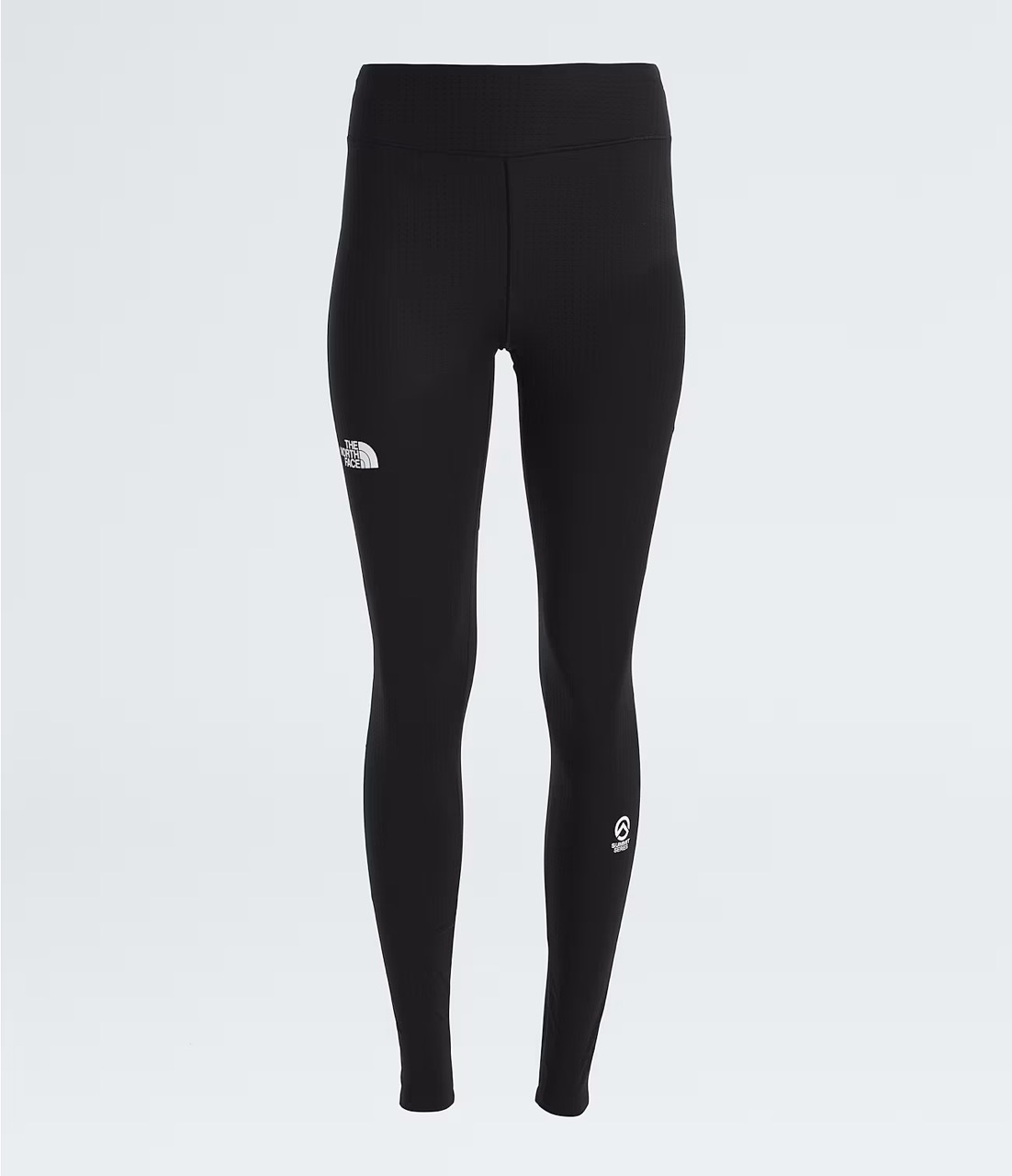 Thermal Bottom Base Layer
Thermal Bottom Base Layer
 Trekking Pants
Trekking Pants
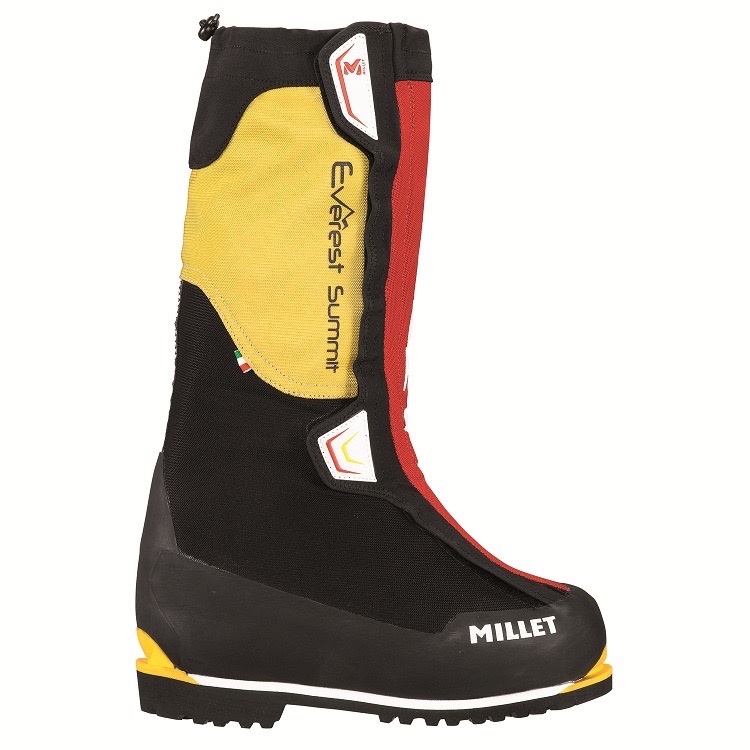 Summit Boot - 8000m
Summit Boot - 8000m
 Sport Shoes
Sport Shoes
 Thin Fleece Gloves
Thin Fleece Gloves
 Wind Stopper Gloves
Wind Stopper Gloves
 Heavy Gloves(Guide)
Heavy Gloves(Guide)
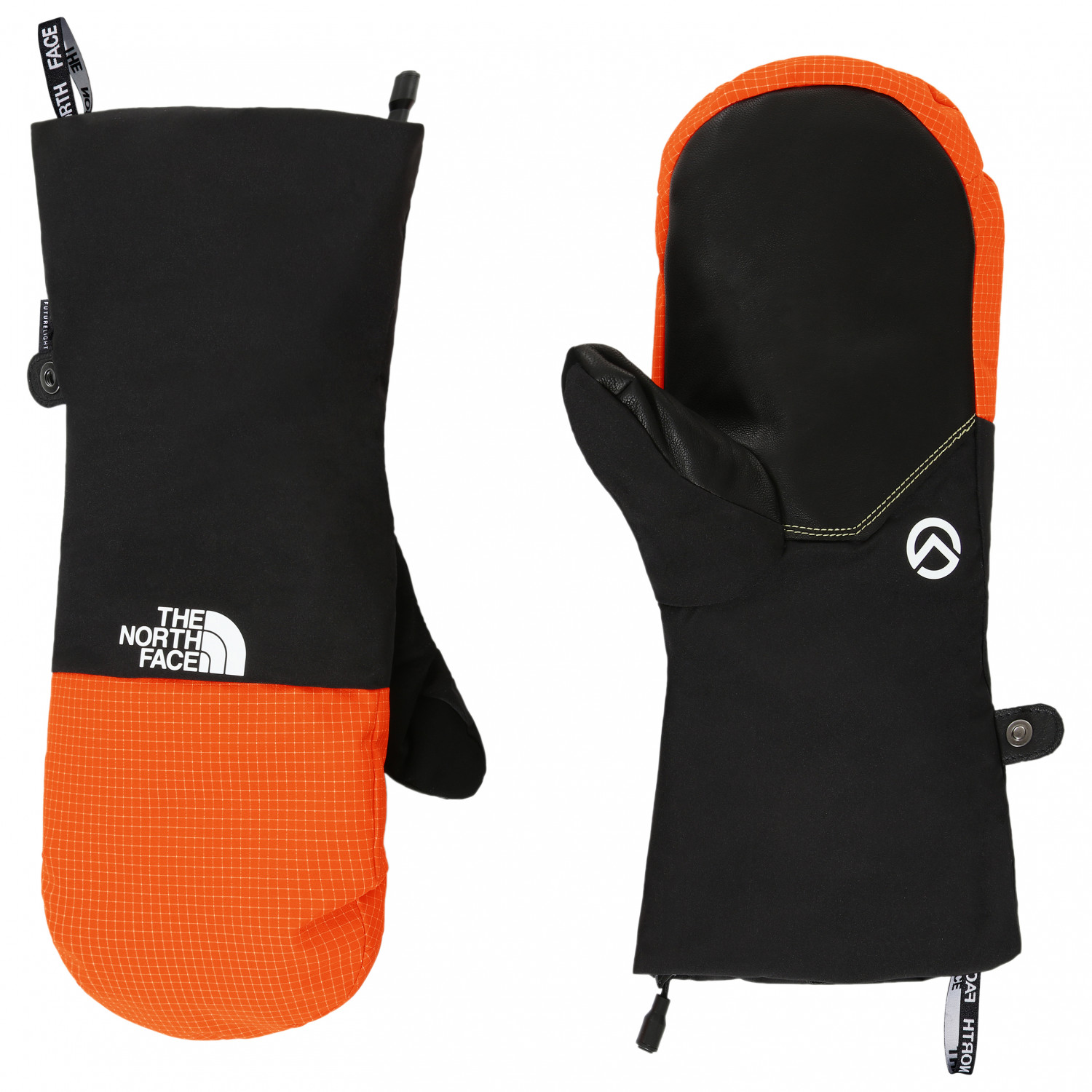 Summit Gloves
Summit Gloves
 Sun Cap
Sun Cap
 Desert Cap
Desert Cap
 Fleece Hat/Warm Hat
Fleece Hat/Warm Hat
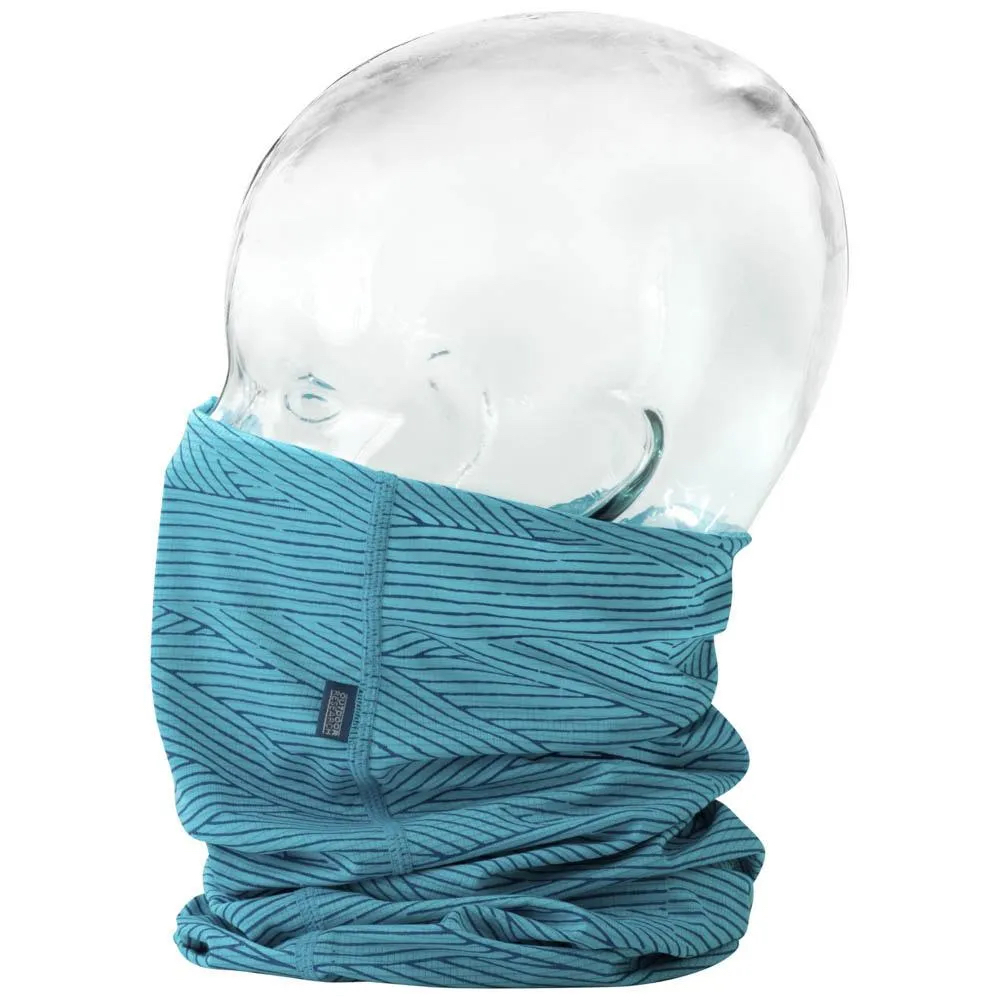 Neck Gaiter
Neck Gaiter
 Water bottle
Water bottle
 Thermos
Thermos
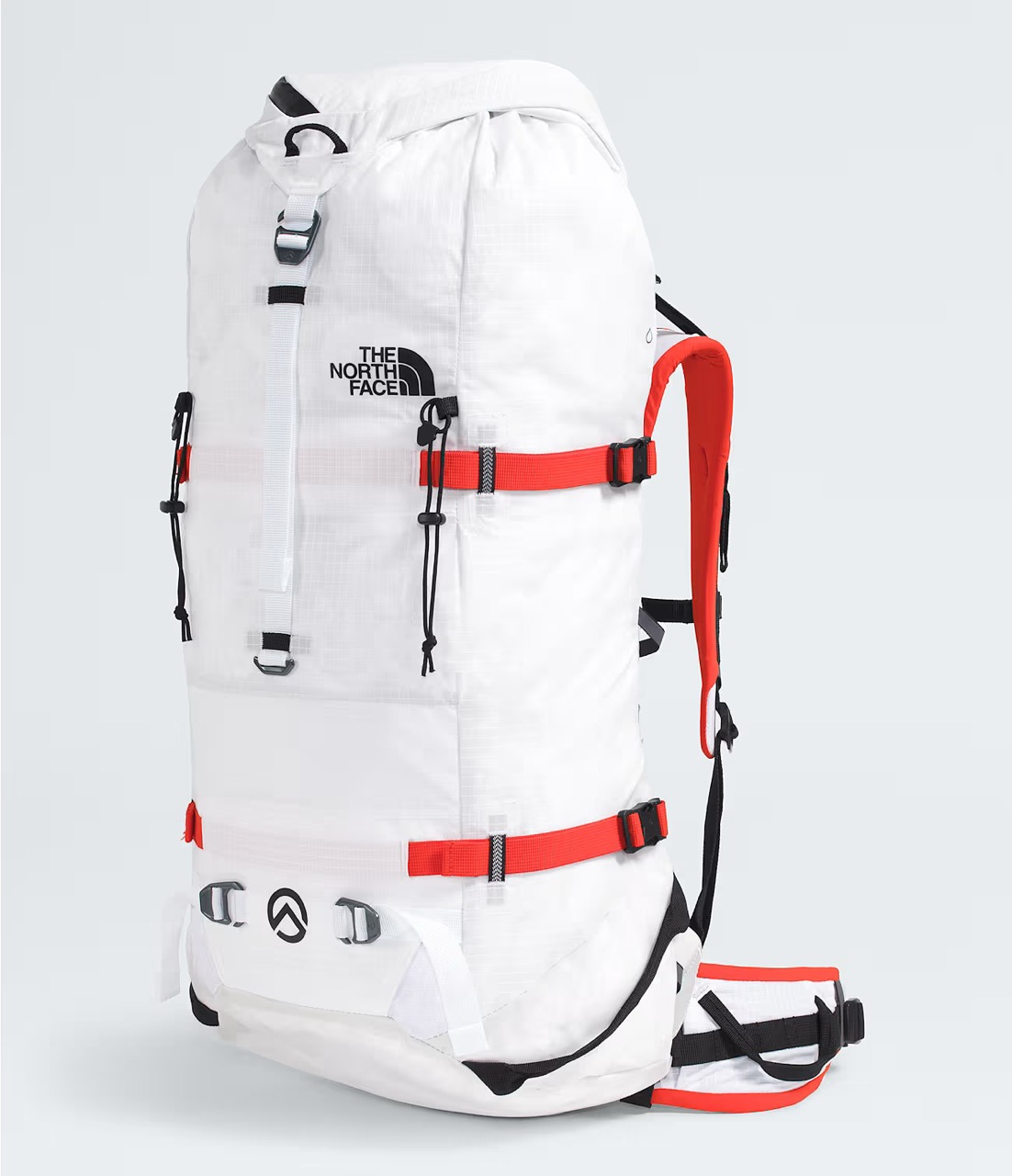 Rucksack 35L-50L
Rucksack 35L-50L
 Duffle Bag
Duffle Bag
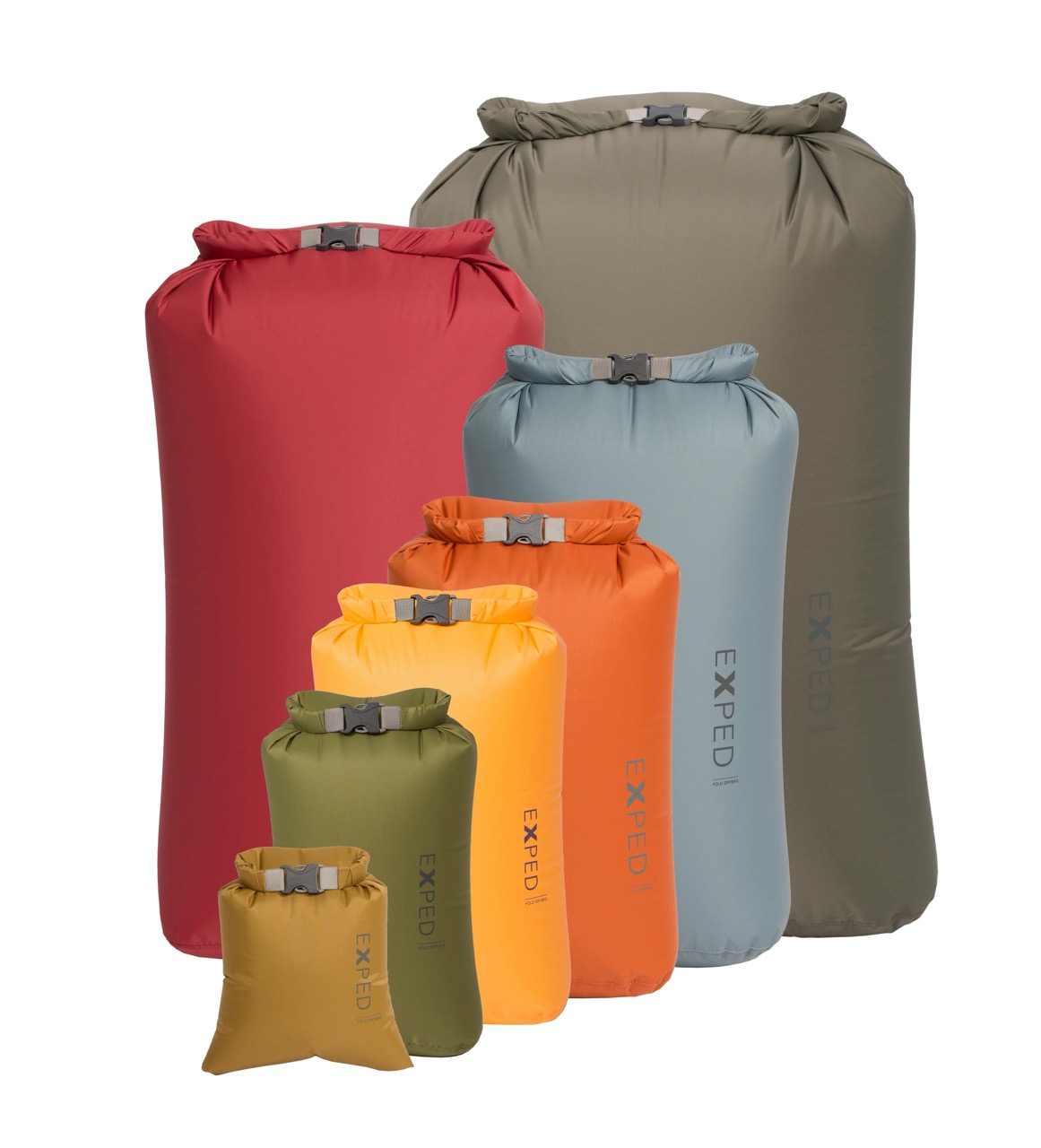 Dry Bags
Dry Bags
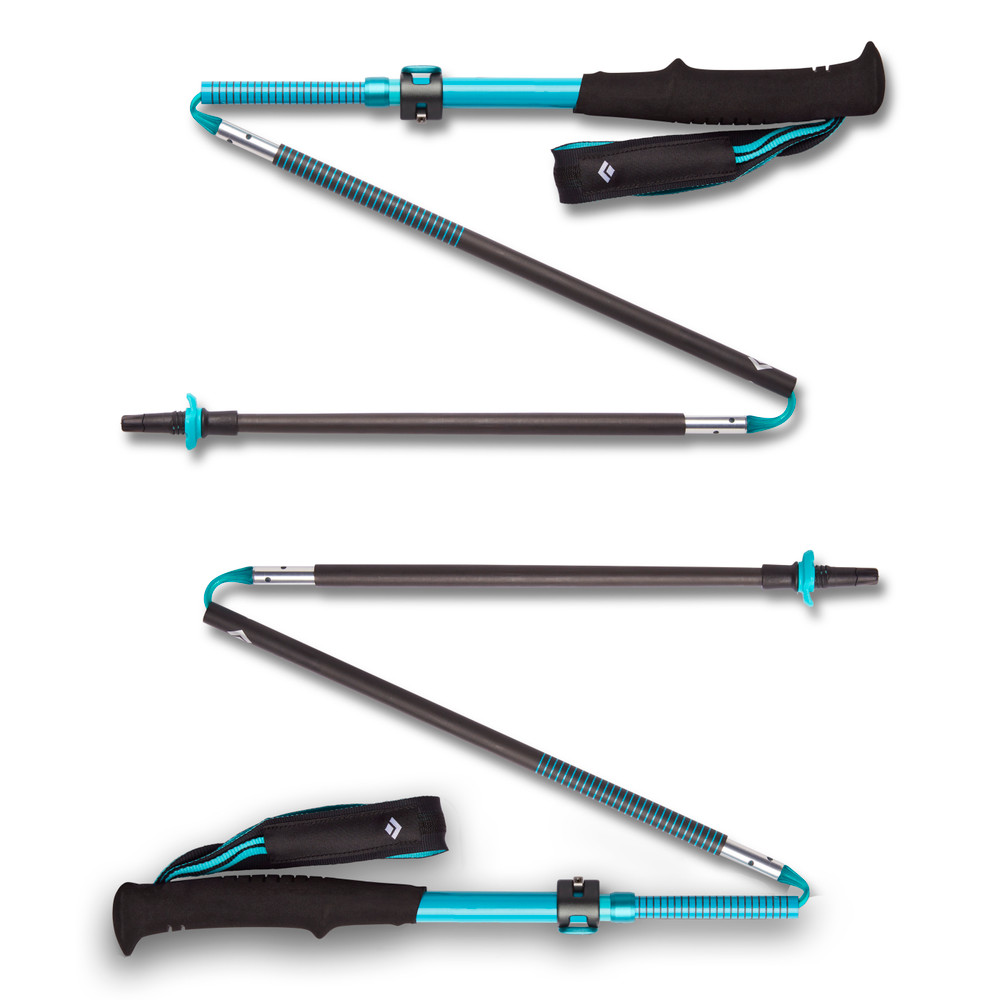 Trekking Pole
Trekking Pole
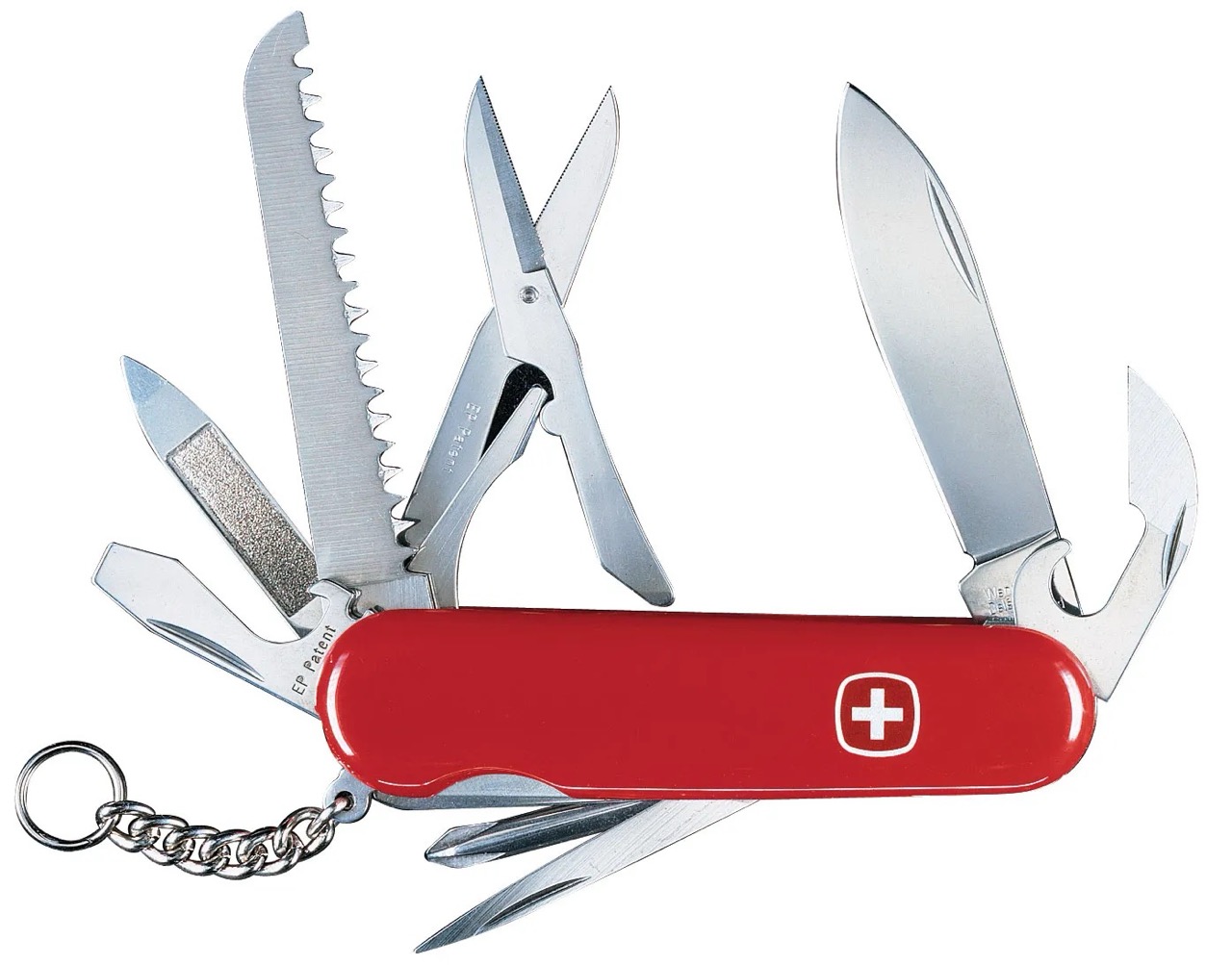 Pocket Knife
Pocket Knife
 Nail Cutter
Nail Cutter
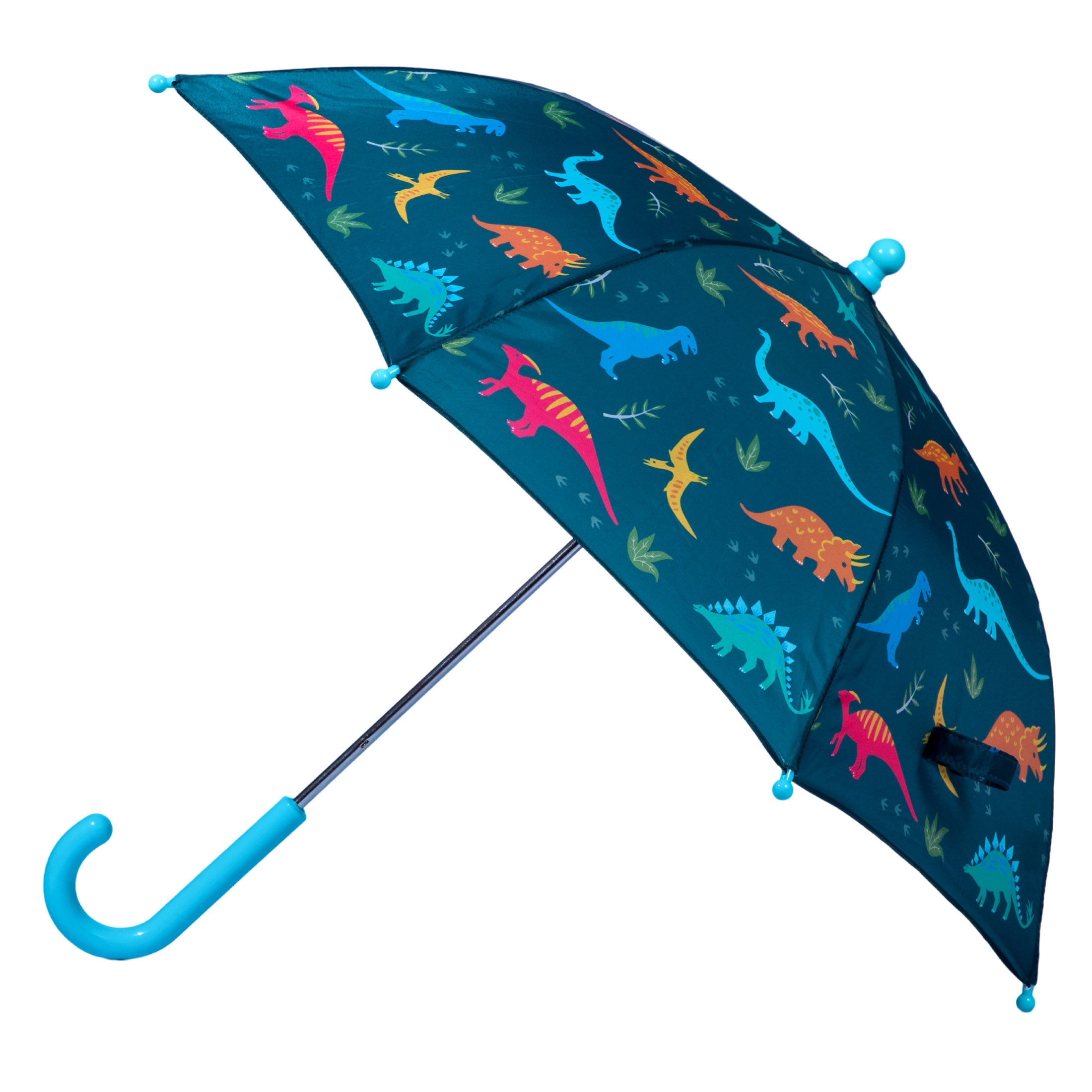 Umbrella/Rain Coat
Umbrella/Rain Coat
 Hot Water Bag
Hot Water Bag
 Pee Bottle
Pee Bottle
 Tenacious Tape Repair
Tenacious Tape Repair
 Altimeter Watch
Altimeter Watch
 Satellite Phone(Optional)
Satellite Phone(Optional)
 GPS Tracker
GPS Tracker
 Power Bank
Power Bank
 Camera
Camera



